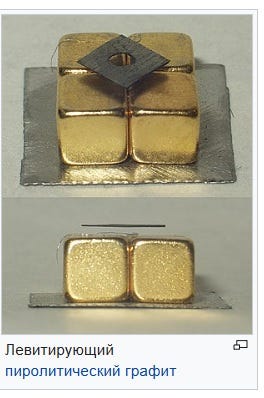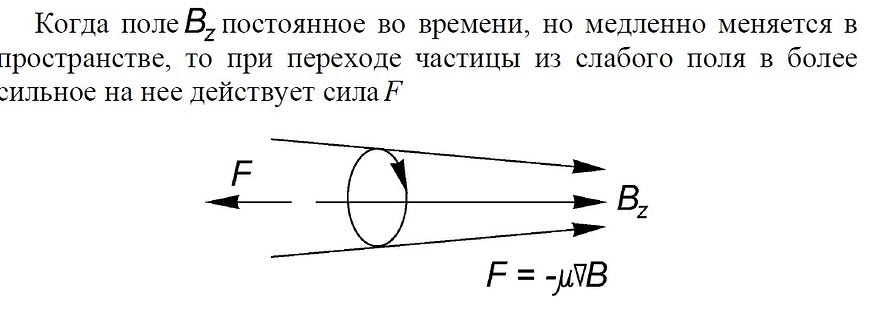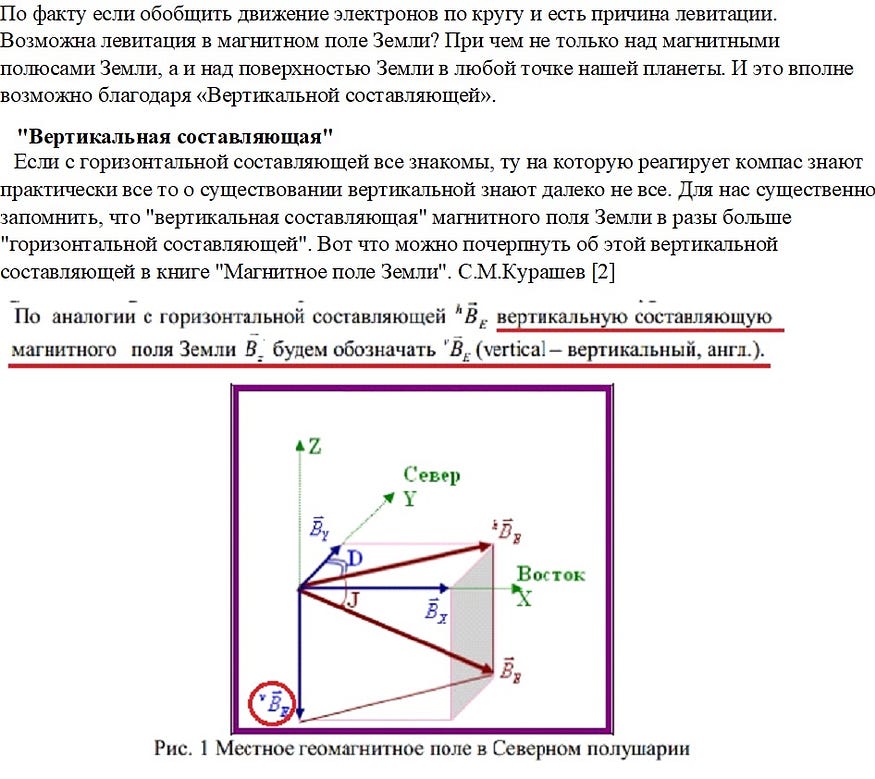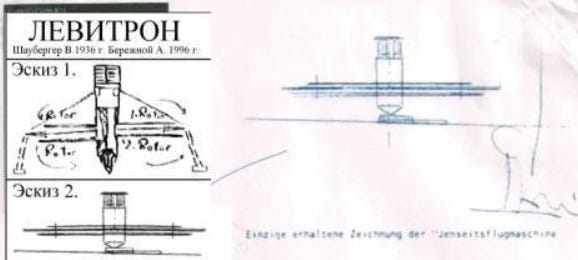Diamagnetic Levitron
There is and in this article we will talk about such a "new" method of levitation. The proposed method is based on the phenomenon of "diamagnetism".




And further in the book "The Earth's Magnetic Field". S.M.Kurashev [2] gives the following information.

Earth's Magnetic Field Is Like a Magnetic "Bottle" Trap for Plasma

The Earth's magnetic field is a fairly effective trap for solar wind. Therefore, solar plasma or solar wind can be captured using a magnetic field, similar to the Earth's magnetic field.

Taking as a basis the magnetic field of the earth, which is a natural trap for solar wind particles.
![[]](/img/l/lemeshko_a_w/aaa9000/78.jpg)






|